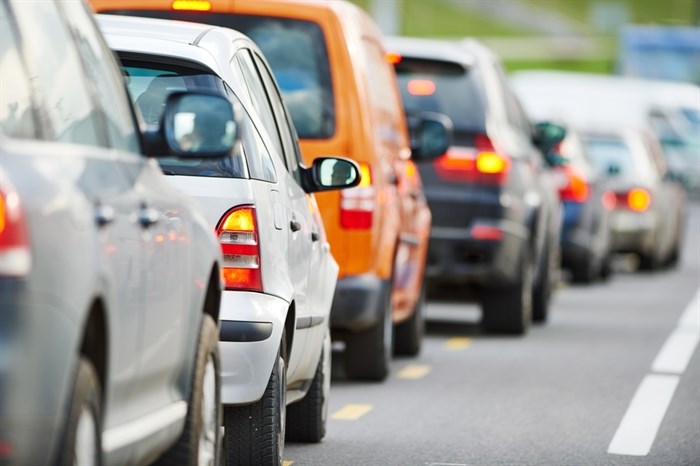
Image Credit: Shutterstock
November 21, 2020 - 4:30 PM
As the world slowly turns away from gas guzzling cars and embraces electric replacements, cities and towns throughout B.C. will lose hundreds of millions of dollars in gas tax revenues.
A good portion of the roughly $300 million paid to B.C. by the federal government each year goes towards transportation projects but also helps pay for community improvements, like activity centres and arena upgrades.
The City of Kelowna, for example, gets about $5 million a year for roads, which accounts for about 20 per cent of what it spends on roads.
One way to replace that money is to bring in a mobility tax that could be charged on vehicles traveling in congested areas.
Such a tax is in the works for the City of Vancouver and used already in places like London and Singapore.
But, according to Rafael Villarreal, the City of Kelowna’s Integrated Transportation Department Manager, it’s extremely complex to design, a long way off and very controversial.
He saw that controversial side first-hand yesterday, Nov. 17, when he helped present the Central Okanagan Regional Transportation Plan to West Kelowna city council. In it was a brief suggestion that such a tax could be considered.
“That’s totally a non-starter,” Coun. Doug Findlater said. “That puts West Kelowna at a big disadvantage and I think it’s completely and utterly unacceptable to our residents and I encourage our representatives on whatever body is looking at this to fight that tooth and nail.”
In fact, Findlater was told by those presenting the plan, there are no new taxes proposed in the plan.
“Once motor vehicles become electric we have to look at various options,” Villarreal explained to iNFOnews.ca today.
It will likely be 15 to 20 years before electrification will have a big enough impact on gas tax revenues for the city to consider alternative funding sources.
Right now, the Central Okanagan doesn’t have the traffic density or the legal authority to start talking about such a tax, although it should still linger in the backs of people’s minds, he said.
The idea of a mobility tax was first proposed in 1930 but, other than things like toll bridges has rarely come to fruition.
Villarreal suggested that any mobility tax discussion in the Central Okanagan take a “three dimensional” perspective, looking at the time of day a vehicle travels, how far it travels and where it goes.
With electrification may come the ability to monitor such travel and charge fees based on use during, for example, rush hours or in congested parts of the region.
Such a tax was talked about in the Lower Mainland to help fund transit in 2014 and studies were conducted in 2018.
This fall, Vancouver city staff proposed a mobility tax be imposed on vehicles coming into its core downtown area but it would not likely be in place until 2025.
In addition to suggesting that cities “monitor trends related to mobility pricing, particularly as vehicle electrification evolves,” the Regional Transportation Plan also suggests parking fees be reviewed in high demand areas.
The regional plan is an overview of road, transit and pathway options throughout the region but doesn’t contain any hard costs or timelines to implement projects.
Municipalities in the region are working on their individual transportation plans. The City of Kelowna’s is due next spring and will include details on costs and timing, Villarreal said.
It will be up to each individual council to determine when, or if, each project goes ahead and how it will be paid for.
The regional plan, once adopted, will also provide support for grant applications going to senior government.
It will also be senior governments who will have to put legislation in place to allow for a mobility tax, if it’s ever levied. After all, provincially-owned Highway 97 is one of the biggest choke points running through the middle of the entire region.
To contact a reporter for this story, email Rob Munro or call 250-808-0143 or email the editor. You can also submit photos, videos or news tips to the newsroom and be entered to win a monthly prize draw.
We welcome your comments and opinions on our stories but play nice. We won't censor or delete comments unless they contain off-topic statements or links, unnecessary vulgarity, false facts, spam or obviously fake profiles. If you have any concerns about what you see in comments, email the editor in the link above.
News from © iNFOnews, 2020